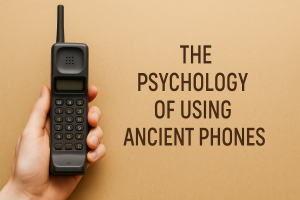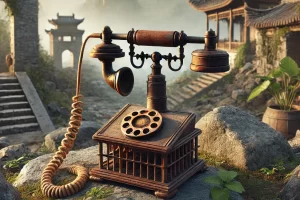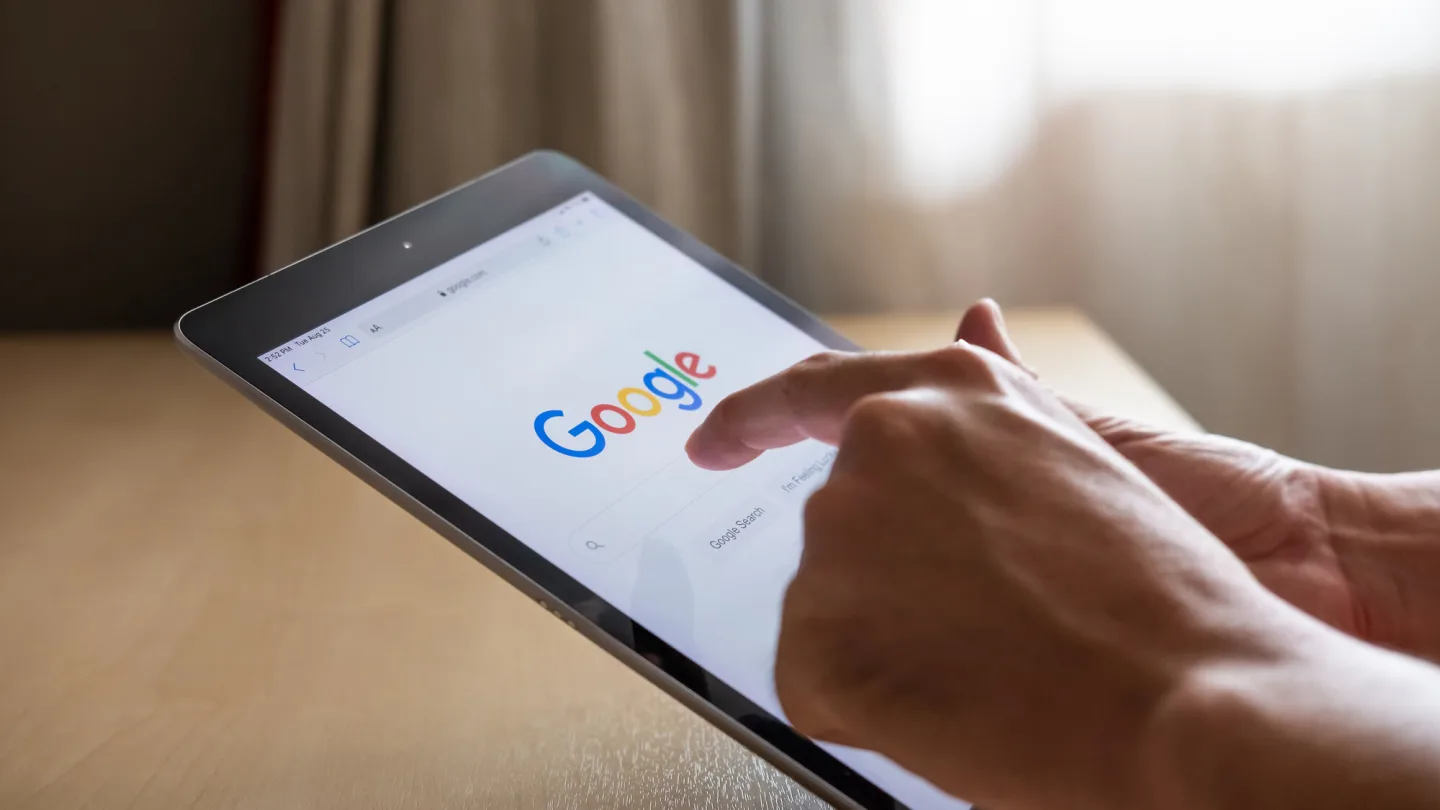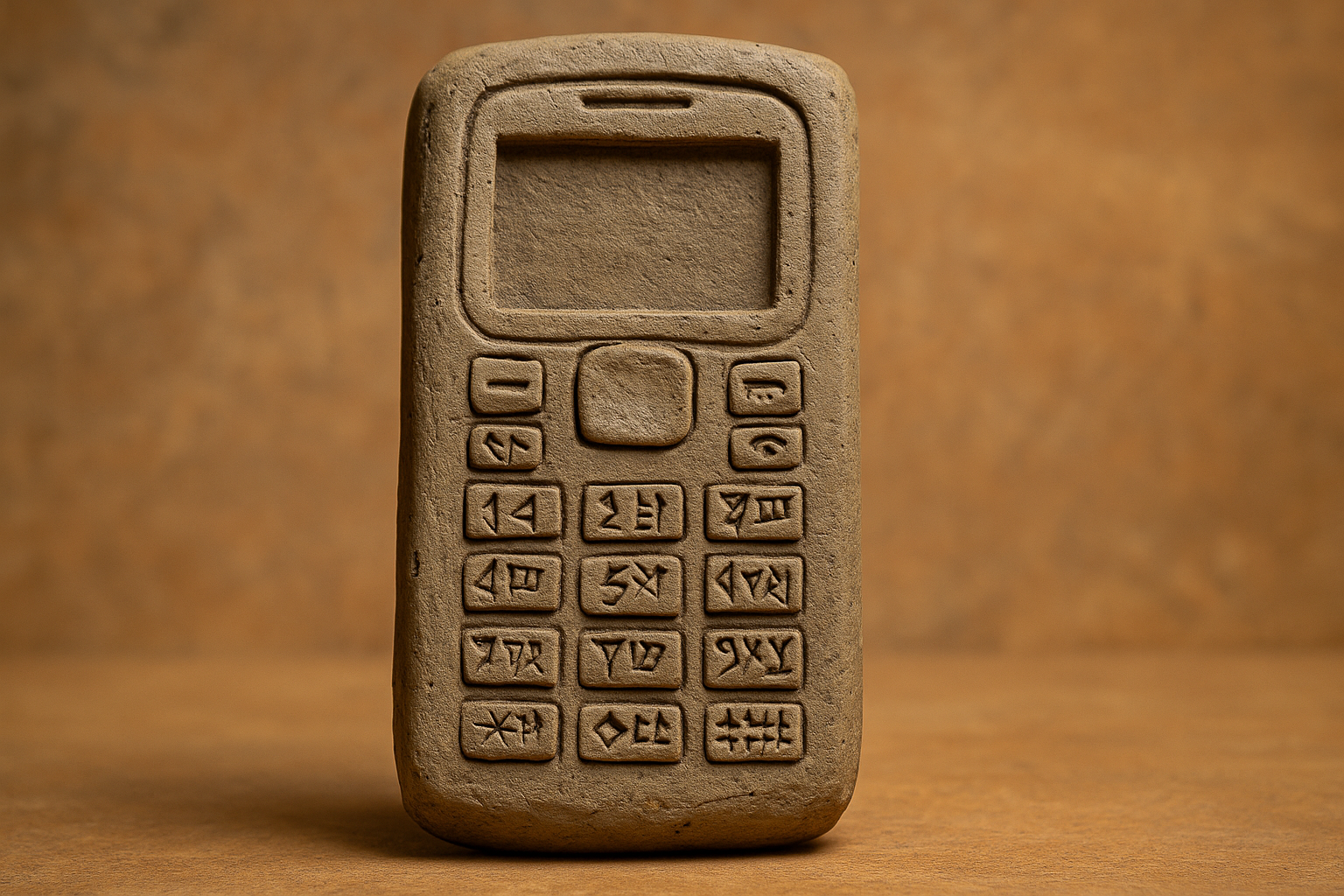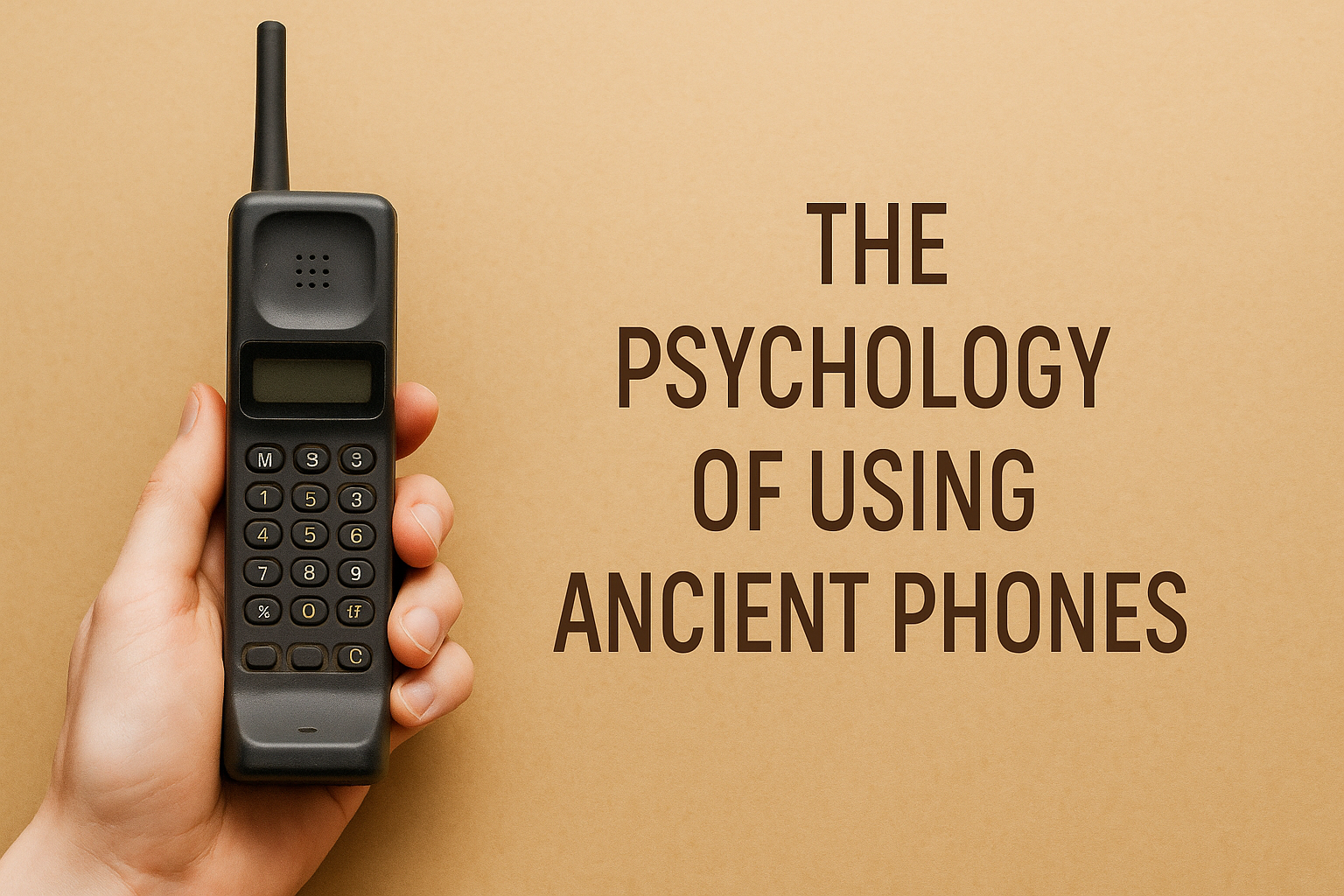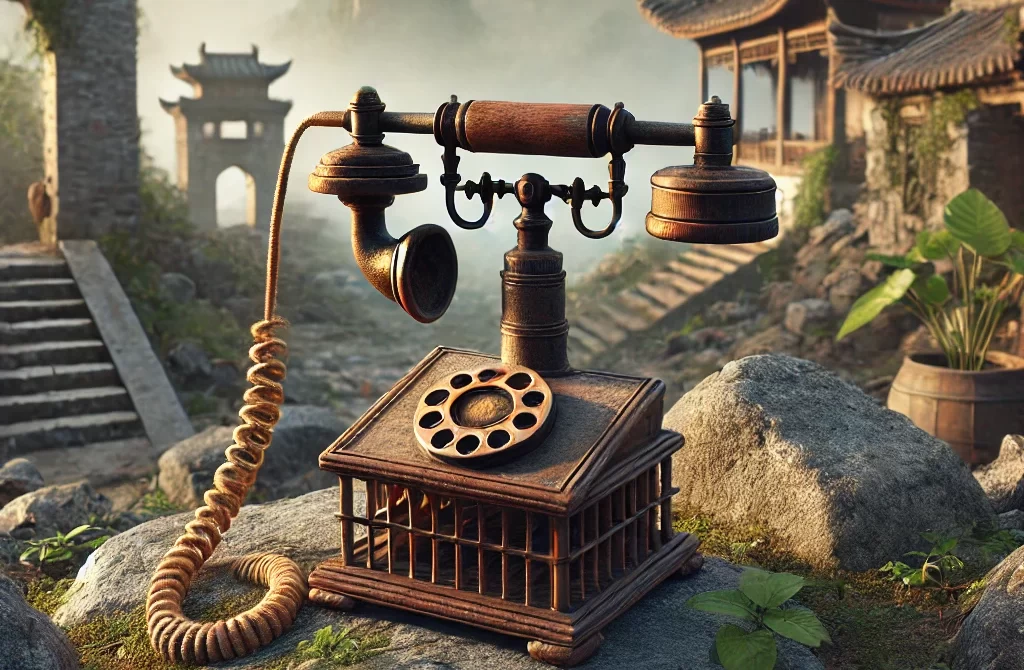Few archaeological hoaxes have captured the public’s imagination quite like the “800‑year‑old mobile phone” myth in Austria. Shared widely across social media platforms, this story claimed that archaeologists unearthed a clay artifact in Austria that resembled a modern-day cell phone, complete with a screen and keypad. The artifact was said to date back hundreds of years, leading to sensational headlines about time travel and lost ancient technology.
This blog post explores the origins of this myth, its connection to other stories about ancient phones, and why the tale continues to fascinate so many. We’ll also look at how such stories blur the line between Ancient Craft and Modern Myth, touching on the broader history of phone‑like Mesopotamian tablets and archaeological misinterpretations.
Origins of the Myth: The “Babylonokia” Sculpture
The object at the center of the “800‑year‑old mobile phone” myth is actually a contemporary art piece called Babylonokia. Created by a German artist in 2012, this clay sculpture was intentionally designed to mimic both a Mesopotamian cuneiform tablet and an early Nokia mobile phone. It was a commentary on the rapid evolution of technology and the way modern devices could one day be viewed as artifacts of a bygone era.
The artifact was never unearthed during an excavation in Austria. Instead, images of Babylonokia began circulating online, stripped of their artistic context. Memes and conspiracy-themed blogs soon claimed it had been discovered in an Austrian archaeological dig and dated back 800 years, fueling speculation about ancient civilizations using advanced communication devices.
Viral Spread and Modern Myth-Making
The story quickly gained traction because it played into existing cultural fascinations. Tales of lost civilizations, time travelers, and secret technologies from antiquity have long captivated the human imagination. The Babylonokia hoax became part of a broader trend of misrepresenting artifacts as proof of forgotten high-tech cultures.
This Modern Myth was amplified by viral social media sharing. Posts with dramatic captions and grainy photographs were reposted thousands of times, often by pages promoting fringe theories. The lack of verifiable archaeological context only made the story more mysterious, and fact-checking articles were largely ignored by those who wanted to believe in the myth.
How “Ancient Phones” Capture Our Imagination
The Babylonokia myth also taps into a broader narrative of “ancient phones” and phone‑like Mesopotamian tablets. Ancient Mesopotamians did use small, handheld clay tablets inscribed with cuneiform writing, which to the modern eye can resemble early digital devices. These tablets were tools for record-keeping, contracts, and administrative tasks, not for sending text messages.
However, when viewed through the lens of modern technology, these ancient artifacts appear “phone-like” to casual observers. This visual similarity fuels speculation about advanced civilizations possessing technology far beyond their time.
Archaeological Hoaxes and Misinterpretations
The “800‑year‑old mobile phone” myth is far from the first time an artifact has been misinterpreted or deliberately misrepresented. Similar myths have surrounded the Antikythera Mechanism (a genuine ancient Greek astronomical calculator) and the Baghdad Battery (a clay jar theorized by some to be a primitive battery).
What sets the Austrian myth apart is how quickly it spread without any physical evidence. No dig records, no peer-reviewed papers, and no museum holdings supported the claim. It was purely a Modern Myth, fabricated online for clicks and engagement.
Why Do We Believe in Ancient High-Tech Civilizations?
The popularity of these myths reveals something deeper about human psychology. Stories of lost advanced civilizations offer a sense of wonder and mystery in a world where science often demystifies the past. They also suggest that history may be cyclical, with knowledge gained and lost over millennia.
Believing in Ancient Craft capable of producing devices resembling modern smartphones allows us to reimagine our ancestors not as primitive but as equals—or even superiors—in ingenuity. It also satisfies the yearning for secrets waiting to be uncovered beneath the earth.
Lessons from the Myth
The “800‑year‑old mobile phone” myth is a case study in the importance of media literacy. Before sharing sensational archaeological claims, it’s crucial to ask:
- Has the artifact been published in a reputable journal or confirmed by credible archaeologists?
- Does the story cite verifiable excavation records?
- Could the artifact be a modern creation, misrepresented as ancient?
When we fail to ask these questions, Modern Myth can overshadow genuine discoveries about human history. Real ancient artifacts—like phone‑like Mesopotamian tablets—deserve attention for what they truly were, rather than what we wish them to be.
Real Ancient Communication Tools
While the Austrian “ancient phone” never existed, ancient civilizations did develop remarkable communication technologies. The Mesopotamians perfected cuneiform writing systems that allowed them to keep detailed records. The Chimu civilization in South America even created a form of early telephone using gourds and string roughly 1,200 years ago, a legitimate example of Ancient Craft.
These real innovations underscore that ancient peoples were inventive problem-solvers, even if they didn’t have mobile phones.
Conclusion
The “800‑year‑old mobile phone” myth in Austria is a perfect example of how Modern Myth can be born from misinterpreted art. A contemporary sculpture intended as social commentary morphed into viral “evidence” of advanced ancient technology, thanks to social media amplification and our collective fascination with the unknown.
By understanding the origins of such myths, we can better appreciate both the artistry of ancient civilizations and the creativity of modern artists. Real Ancient Craft, from cuneiform tablets to Chimu telephones, shows that humanity has always sought innovative ways to communicate. That history is far richer and more fascinating than any hoax.
